[There’s a link to our new survey at the end of this post, but if you’re eager to get your copy of “10 Questions To Ask Yourself About Crisis Management in 2021” now, just click here.]
Preparedness is key to surviving the new normal
Over the course of 2020, we have seen a number of developments which indisputably change how organizations need to view crisis prevention and crisis management. Communications methods and tools which worked in the past are falling to the wayside, and many formerly functioning plans may not work “as-written”…but what should take their place? Our Bernstein Crisis Management experts sat down to put together thoughts on how the landscape of crisis management and communications are changing.
The “new normal” is here to stay. The world has been turned upside down and because of this, communicating is no longer an option or luxury for any company or organization, whether private, public or nonprofit. Stakeholders and interested audiences want and demand more interaction and communication during turbulent times.
The new reality is characterized by:
- Decentralized communications taking the place of centralize, hub-and-spoke communication
- Minimal or restricted access to resources, transportation, mobility and on-the-ground data
- More channels, greater message dilution, less control of organizational messages
- Increased distractions, conflicting priorities
- Disinformation and “Fake News”
- Stakeholders wearing multiple hats at the same time
- People primed to believe the worst (if they believe anything at all)
In 2021, more than ever, most organizations will find themselves having to manage a crisis within a crisis (or multiple crisis). While tempting to try to use one crisis as a “shield” for another, the reality is that nested crises increase and make more urgent the need to adequately respond to all the crises.
In addition, we expect basic crisis prevention to become more intensive, and more complete. Virtual training will become the norm for things like media prep, and shareholders will demand that plans are adequate to prevent significant interruption of business or financial loss.
It boils down to one question — “are you and your organization ready for this new reality?”. To help you self-diagnose, our team of expert consultants at Bernstein Crisis Management has put together a new (and free) survey, 10 Questions To Ask Yourself About Crisis Management in 2021. For your copy, click here now.
[Erik Bernstein is president of Bernstein Crisis Management, Inc., an international crisis management consultancy.]
We love to connect with readers on LinkedIn! Connect with Erik | Connect with Jonathan
——————————-
For more resources, see the Free Management Library topic: Crisis Management






 Let me be very clear – I do not believe anyone on Audi’s team had anything but the most innocent of intentions. However, that’s not enough today. Perception is reality, and it’s easier than ever for the reality those perceptions create to result in serious harm to your reputation.
Let me be very clear – I do not believe anyone on Audi’s team had anything but the most innocent of intentions. However, that’s not enough today. Perception is reality, and it’s easier than ever for the reality those perceptions create to result in serious harm to your reputation.







 With coronavirus news disrupting business across the globe, we’ve been asked by quite a few clients, colleagues and friends what exactly they should be doing about a couple common areas of concern. Due to this interest, we felt it would be a good topic to cover here in our next edition of
With coronavirus news disrupting business across the globe, we’ve been asked by quite a few clients, colleagues and friends what exactly they should be doing about a couple common areas of concern. Due to this interest, we felt it would be a good topic to cover here in our next edition of 
